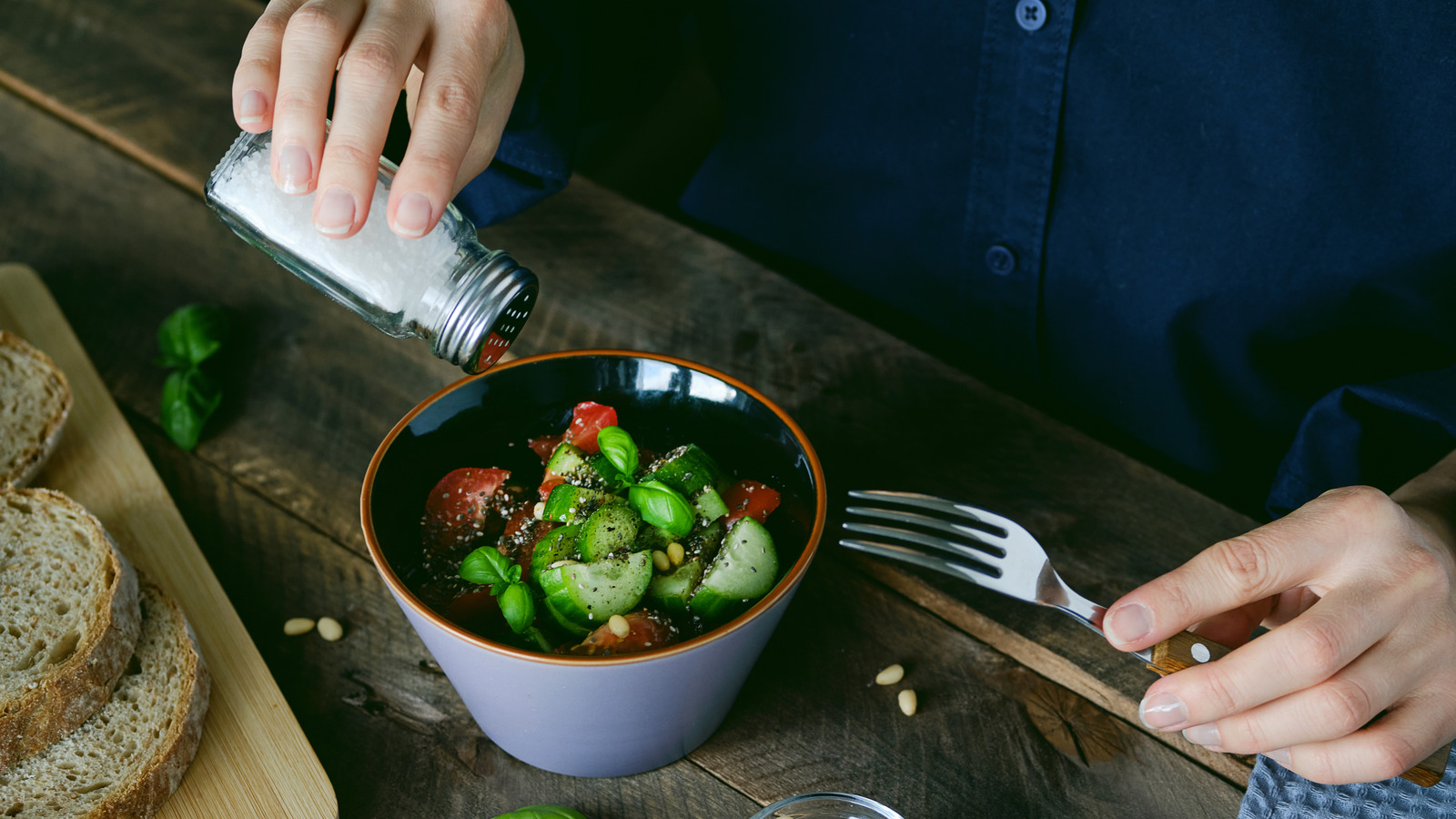, not just for our bodies, but for flavorful dishes. Salt helps balance and enhance flavors ( ). But sometimes, too much of a good thing can be bad — like when you oversalt a dish.
Nothing short of adding more ingredients will reduce the sodium content in your dish. Even that old trick of adding a potato and removing it once it's cooked tends to have limited success. So, if you can't bulk up the dish with extra ingredients, your best bet is to cover the taste with seasoning.
Indiscriminately dumping oregano into the pot won't do, though. You have to be more intentional: certain flavors help mask the salty taste, while others don't. Sugar and dairy are both tried-and-true add-ins to help neutralize salty flavors, but can be difficult to incorporate.
While a spoonful of maple syrup won't hurt a salty barbecue sauce, you wouldn't want to dump sugar into a savory fish stew. Instead, turn to acids. Like sugar and dairy, a little extra acid hides your salt sins.
But, while sugar and dairy have limited uses, acid is versatile: It works with sweet and savory dishes. Worried that more sugar will turn your cherry pie sickly sweet? Add a dash of lemon juice. Oversalted collard greens? Opt for vinegar — it's a classic addition anyway.
How to neutralize salt with acid Remember to match your acid to your dish. Lemon juice is bright and versatile, but citrus isn't always the best choice. Vinegar comes in a wide range of flavors that make it easy to match with your dish.
Vegetable soup? .


















